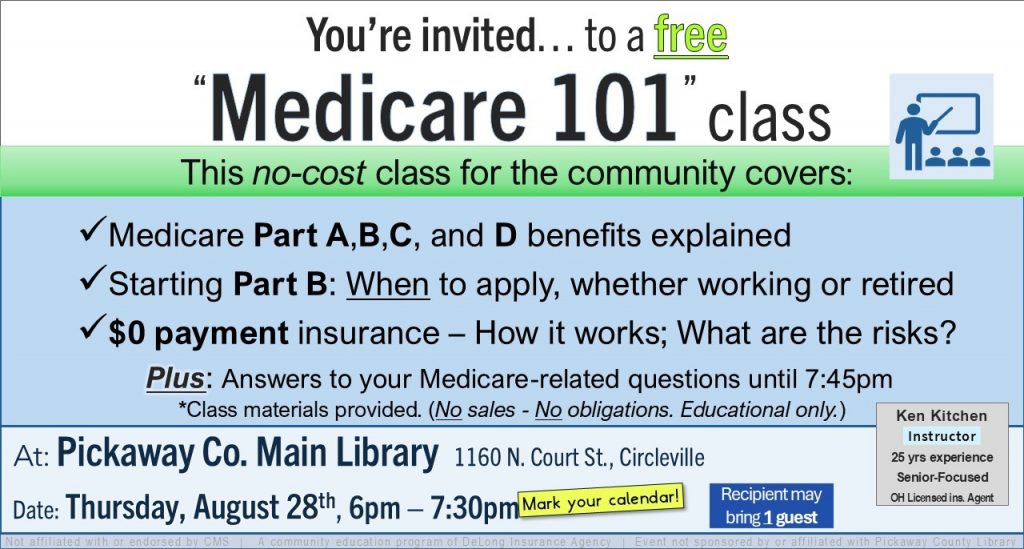
By:Nick Evans-August 27, 2025
At its most recent meeting, the Ohio Property Tax Reform Working Group focused on the school funding formula lawmakers use to divvy up state dollars. Funding for local schools typically is the biggest share of a homeowner’s property tax bill. State dollars help level out funding among affluent and less affluent districts.
“So generally, districts with greater capacity locally to raise revenue are expected to do so, and they’re getting less money from the state of Ohio. Districts with lower capacity are getting more of their total revenue from state sources,” Ohio Department of Education and Workforce Deputy Chief of Staff Aaron Rausch explained.
Figuring out how much state money goes where depends on local income and property values. As appraisals around Ohio shoot up, homeowners’ taxes climb as state support recedes. Many communities are feeling a pinch.
“All of this is calculated on a per pupil basis,” Rausch said. “So, the perfect storm is a district that is losing student enrollment while at the same time their property values are going up.”
“That impacts them twice as much,” he added, “because they have greater local revenue, or potential to raise revenue, and they are serving a smaller student population.”
Rausch explained the problem is widespread because most districts are enrolling fewer students than they did five or 10 years ago. An exception are suburban districts like Dublin City Schools, Superintendent John Marschhausen said. But because they tend to be wealthier, their state share per pupil is much smaller.
“The state is not going to help, really, materially educate those kids when it comes to the state funding formula,” Marschhausen said.
In either circumstance, though, rising property values tend to put greater emphasis on local dollars and less on state funding.
Three options
Working group co-chair Pat Tiberi, a former Republican congressman who heads up the Ohio Business Roundtable, brought up what he called “the elephant in the room” — a citizen initiative to eliminate property taxes.
Although he insisted it would be “devastating” for the state, he empathizes with frustrated Ohioans.
Perhaps more important, Tiberi is concerned about the extent of the idea’s appeal.
“I had a local government official — a moderate local government official — who said to me after I got named to this, ‘I hope you come up with a solution, because I’m going to sign the petition if you don’t,’” Tiberi described.
Working group co-chair Bill Seitz, a longtime Republican state lawmaker from Cincinnati, argued there are three options on the table if lawmakers want to deliver immediate property tax relief — a deferral, refund, or exemption.
The first idea wouldn’t change what homeowners owe, but it would give them more time to pay. Seitz warned delaying payments comes with several attendant question like whether to charge interest or set a minimum amount of home equity.
A refund program, typically referred to as a circuit breaker, is a way of means testing property taxes.
One current proposal sets a ceiling at 5% of a homeowner’s household resources. If their property taxes clear that ceiling, they can claim a tax rebate of up to $1,000. The idea is to protect less affluent homeowners from getting taxed out of their home, while continuing to levy taxes on homeowners who can afford them.
Like most bright-line policies, the question of where to make the cut off will be hotly debated and create winners and losers.
The homestead exemption reduces taxes for certain homeowners by shielding a portion of the home’s value from tax. Seniors, disabled Ohioans and the families of fallen first responders get to exempt roughly $25,000 or $50,000 from tax.
Seitz argued the loudest complaints he’s hearing come from senior citizens living on a fixed income.
“There should be some targeted relief at those people first,” he said, “It’s like the women and children get on the lifeboat first, and the rest of us will go down with a Titanic.”
But Tiberi pushed back. Expanding the homestead exemption is perhaps the simplest policy change on the table, he said, and lawmakers have so far refused to do it.
Tiberi contends the idea of effectively cutting a check by expanding the exemption is “dead on arrival” and the working group should think outside the box.
Frustrated, Seitz acknowledged lawmakers can ignore recommendations to expand the homestead exemption, “but then don’t say we want to do something about the 97-year-old lady that’s getting taxed out of her house when you’re not willing to do anything to help the 97-year-old lady.”
Other ideas
One possibility that got positive reviews from most working group members would restrict property tax increases to the rate of inflation. Ohio House Bill 186 offers a version of that idea.
Under current law, property tax rates on voter-approved levies get reduced as home values increase.
The idea is voters shouldn’t pay more (without voting on it) just because their home became more valuable. But there’s a catch — those rate reductions have a hard stop at 20 mills (or 2%), known as the 20-mill floor. So, if property values rise high enough there’s nothing to keep taxes from rising with them.
For districts at the 20-mill floor, HB 186 would limit property tax increases (at least for voter approved levies) to the overall rate of inflation since the last reappraisal.
The measure also rejiggers the calculation for state funding make up for some of the money districts aren’t getting from local residents.
The working group is slated to meet again Thursday, and Gov. Mike DeWine has tasked them with delivering a set of recommendations for lawmakers by Sep. 30.










